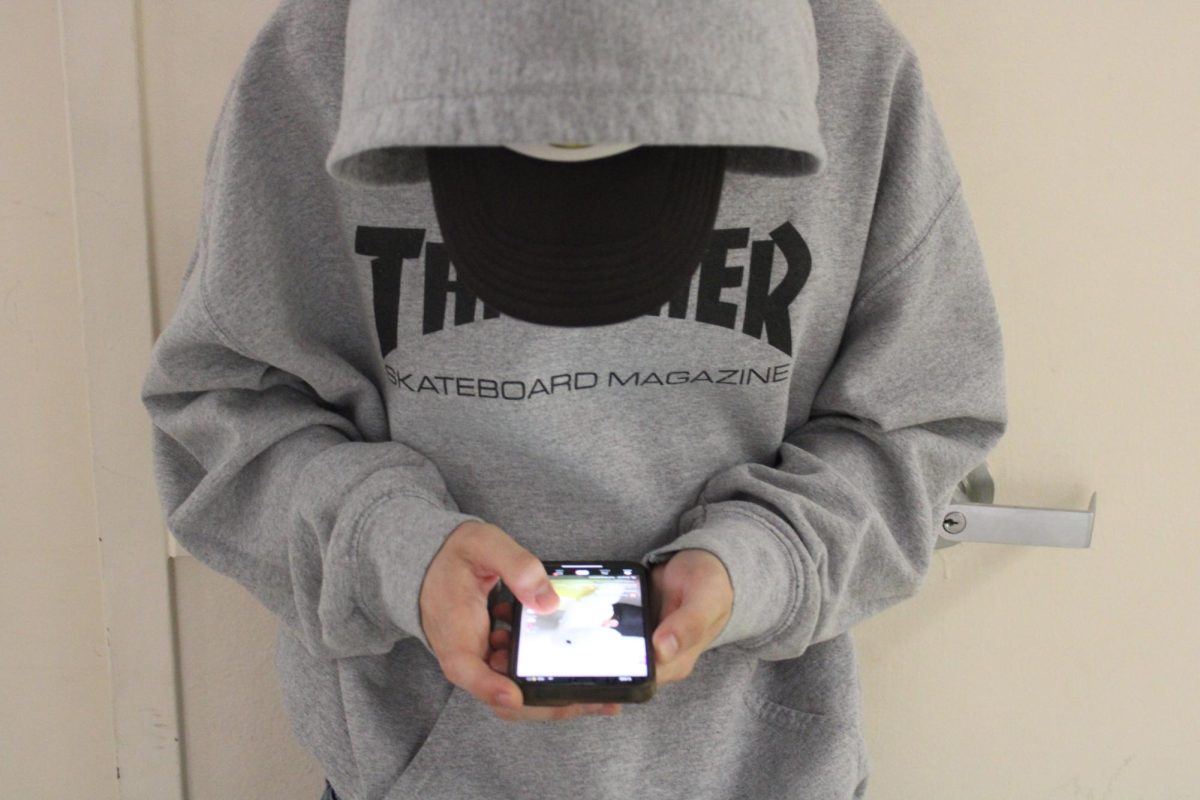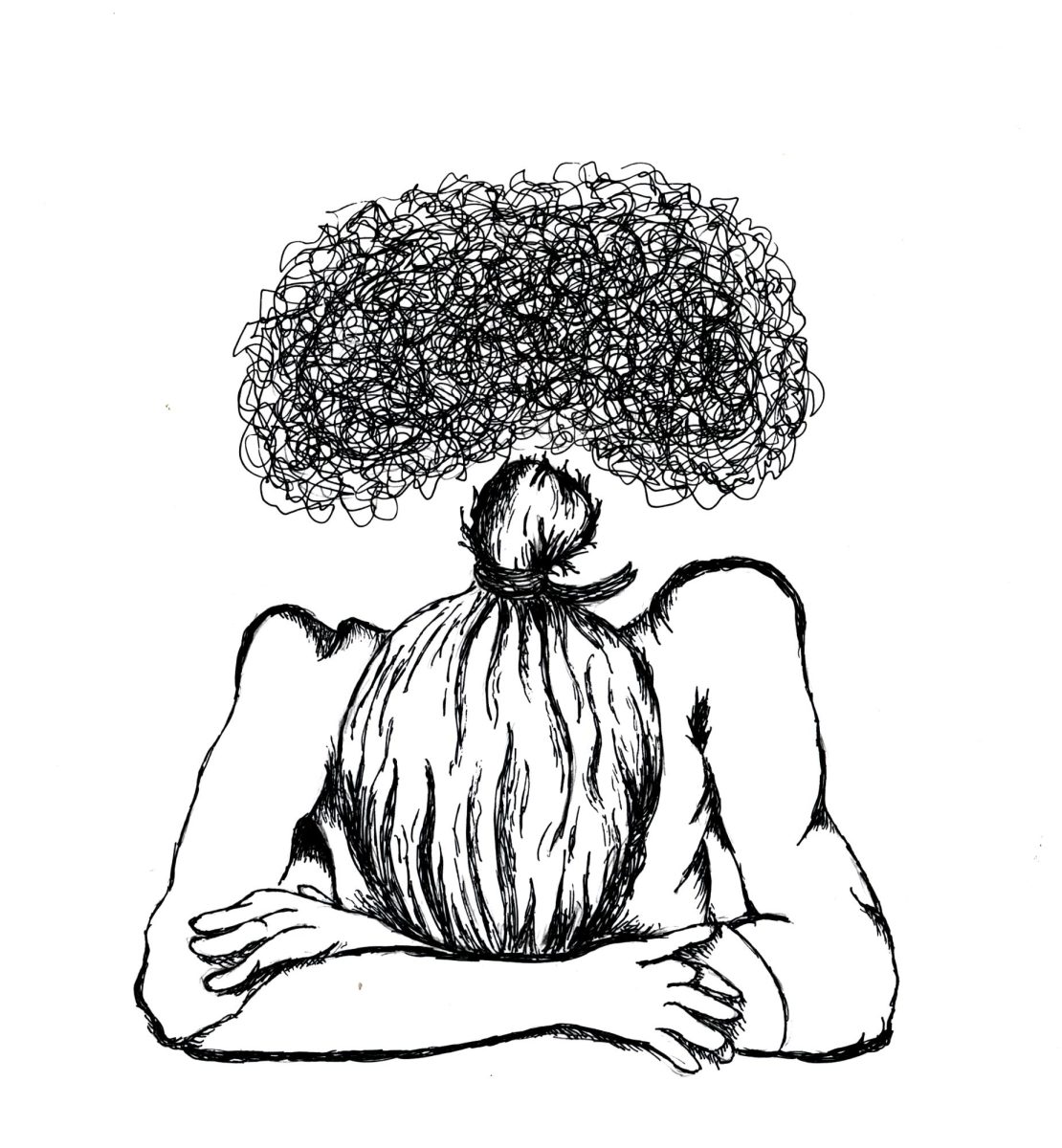Shopping addiction, also known as compulsive buying disorder, is a behavioral addiction characterized by an overwhelming urge to shop and spend money, often leading to financial distress and interpersonal conflicts.
Individuals with this addiction may experience a temporary sense of euphoria or relief when making purchases, but this is actually followed by feelings of guilt, anxiety, or regret. The cycle of compulsive buying can result in significant debt, strained relationships, and a cluttered living environment. It’s important for those struggling with shopping addiction to seek professional help, such as therapy or support groups, to address underlying emotional issues and develop healthier coping mechanisms.
Shopping can be a delightful and engaging activity that offers numerous benefits beyond just acquiring goods. For many, the act of shopping provides a sense of satisfaction and excitement, as it allows individuals to explore new products, trends, and innovations. Whether it’s browsing through a local market, visiting a mall, or shopping online, the experience can be a form of leisure and relaxation. It also provides an opportunity for social interaction, as people often shop with friends or family, strengthening bonds and creating shared experiences.
Moreover, shopping can have positive economic impacts, both on a personal level, shopping allows individuals to fulfill their needs and desires, contributing to their overall well-being and quality of life. Economically, shopping supports local businesses and economies, creating jobs and fostering economic growth. When consumers spend money, it circulates within the community, supporting various industries and services. Additionally, shopping can be a way to support sustainable and ethical practices by choosing products from companies that prioritize environmental and social responsibility. This not only benefits the consumer but also contributes to a more sustainable and equitable world.









